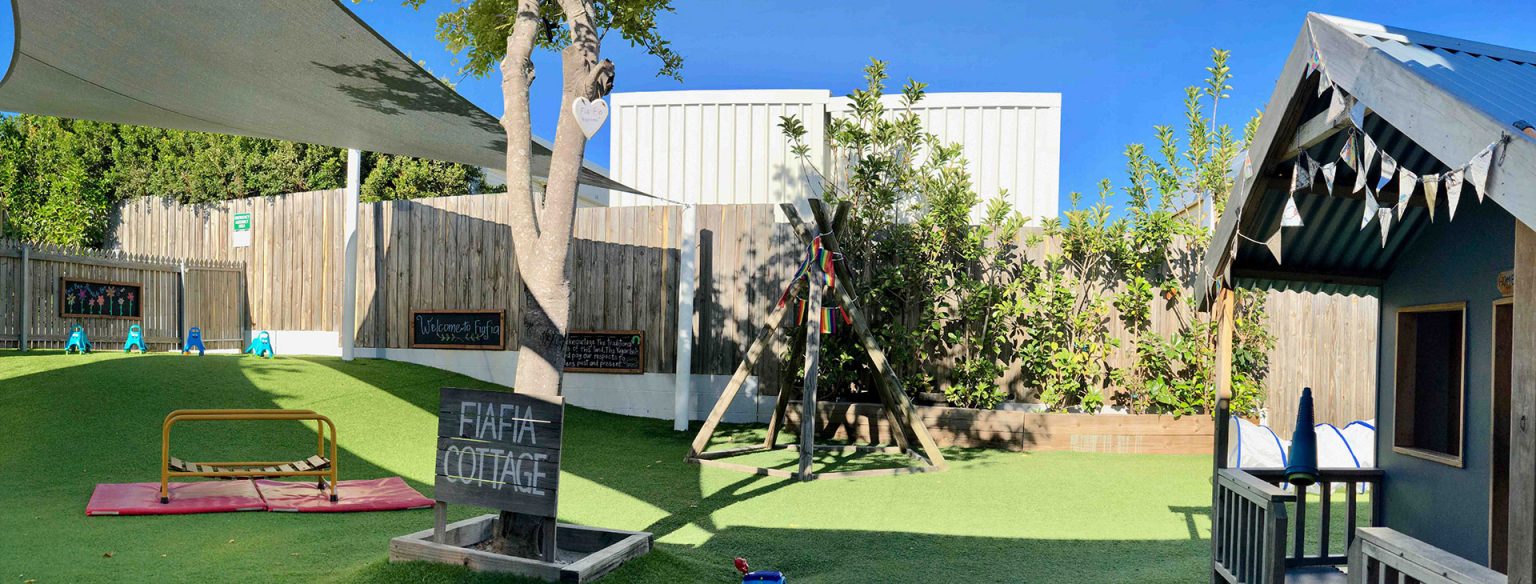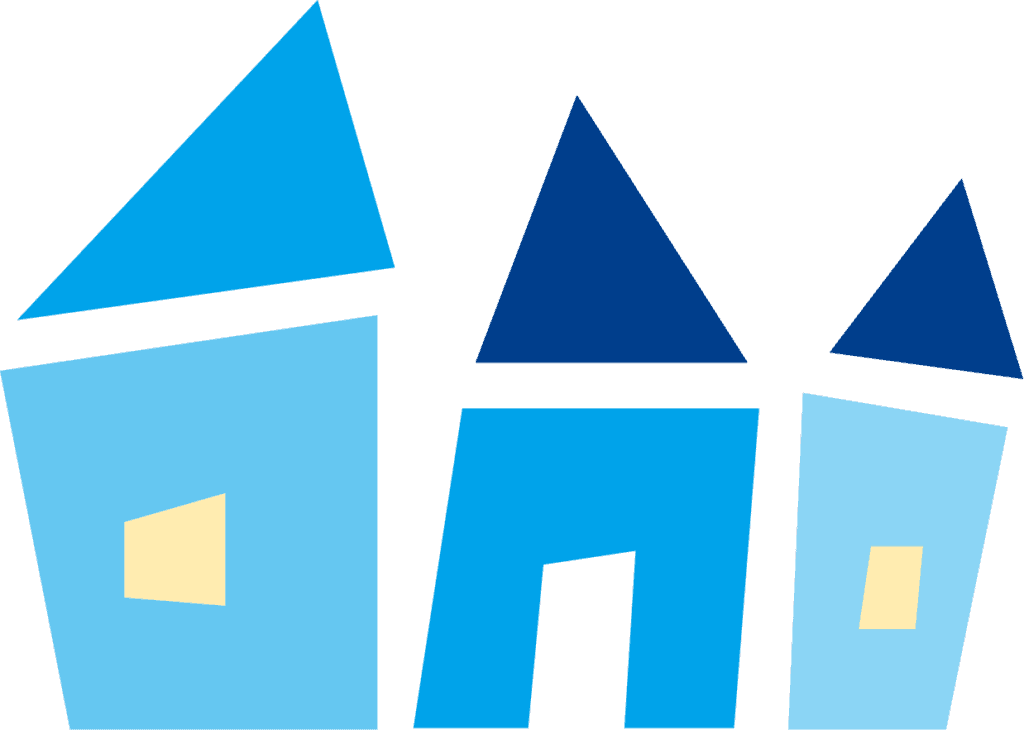One of the many things you’ll notice when visiting a childcare service is that each of the rooms are often given a name. Although unconfirmed, it’s thought that at least 80% of rooms in services are named after animals.
When you step into the Cottage at Coomera, not only will you be swept up in the charm of the old Queenslander style setting, you’ll also notice that the service is divided into three cottages with quite unusual names: Fia Fia, Aroha and Amaroo. The names of the cottages reflect the rich tapestry of cultures in and around the local community.
Cottage 1 is home to the 0-2 children and is called ‘Fia Fia’ – a Samoan name which means ‘happy’!
The Educators in Fia Fia create an environment of togetherness which ultimately brings happiness to everyone in this cottage. Sometimes, parents and caregivers struggle to leave their little ones in our care, but we make transitioning from home to the care environment easier because families can see our happiness shining through from the children’s smiles to how we play and communicate to each other.
Cottage 2 is filled with the ever energetic and enthusiastic 2-3’s and is named ‘Aroha’ from the Maori language meaning ‘Love’.
Aroha is an environment where the children are really starting to gain a sense of independence. The children are encouraged to express their ‘love’ and emotions for their educators and families in the way they show respect towards each other and how they interact and engage in the setting throughout the day. The love from the educators too beams through this cottage right from the moment the children and families arrive and leave the service.
Cottage 3 houses the very busy and curious 3-5 year age group and is called ‘Amaroo’ from the Aboriginal language which translates to ‘a beautiful place’.
Amaroo presents a beautiful place for these older age groups to explore, engage and investigate. It is surrounded with veggie gardens, a bike track and a large fixed structure for children to climb and further develop their growing muscles and gross motor skills. It also features totem poles and areas for the children to set up yarning circles to engage and develop through ‘a good old yarn’ with one another.
What is consistent throughout early childhood research and practice is the importance of promoting positive self-identity in children. One of the outcomes of the Early Years Learning Framework focuses on children having a strong sense of identity and ensuring this is embedded into the culture in any early learning setting.
More of what we do in the early learning environment these days is done with intention. Selecting a room name provides an opportunity to bring the local culture (or many cultures) into the service to create a sense of belonging by collaborating with families. Asking parents and other community stakeholders for their input will ensure a meaningful decision is reached as opposed to plucking a name out of thin air that may or may not resonate with children or educators. Young children are constantly making connections and developing their understanding of the world, so it is important we support this process as thoughtfully as possible.
Who knew that something as simple as a room name could have so much meaning?
To stay connected with everything that’s happening at our service, don’t forget to like, follow and share our Facebook page.
- For information regarding our childcare and kindergarten service go to: The Cottage at Coomera


